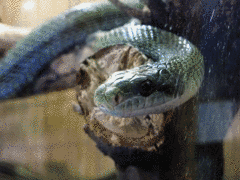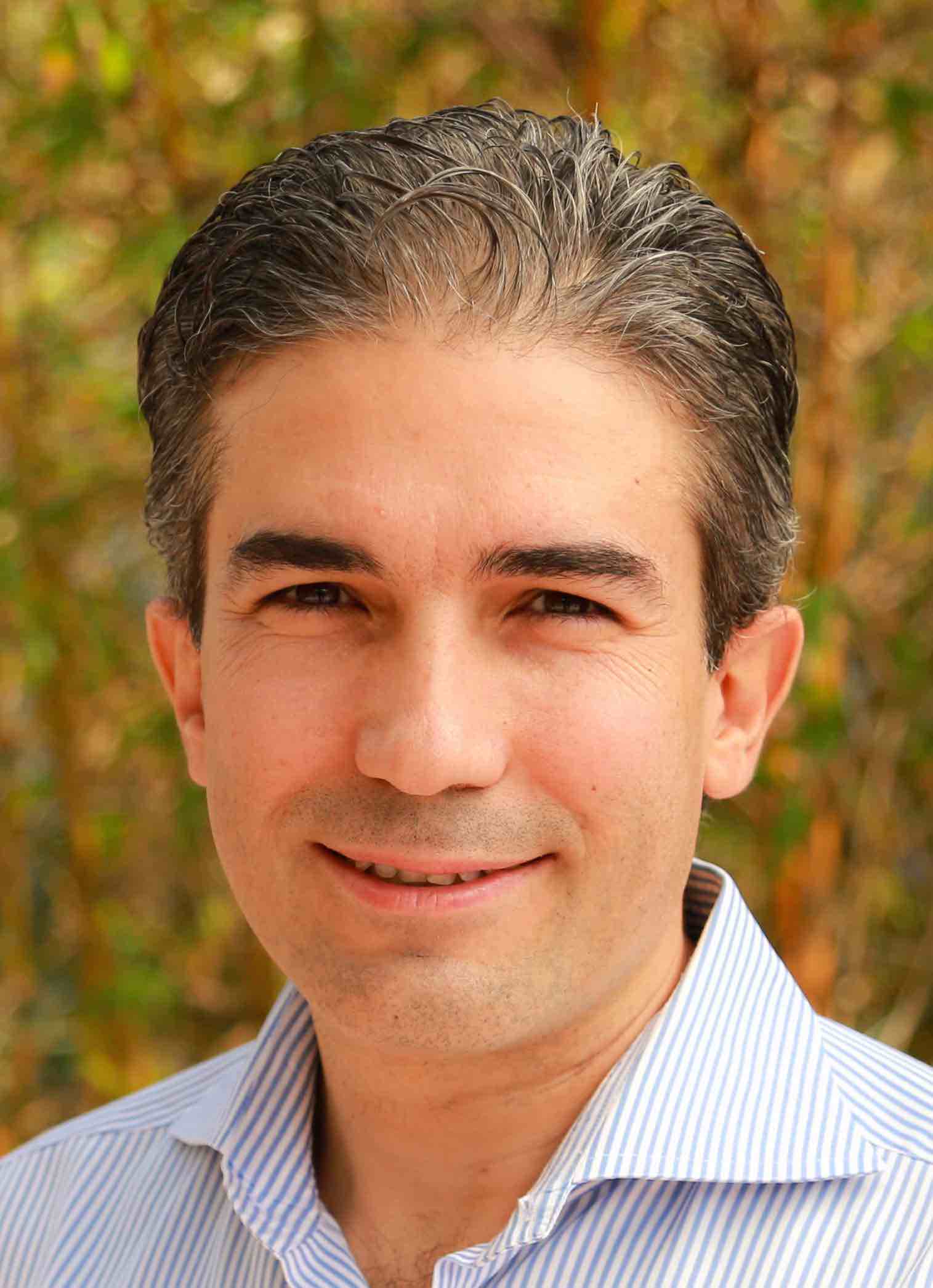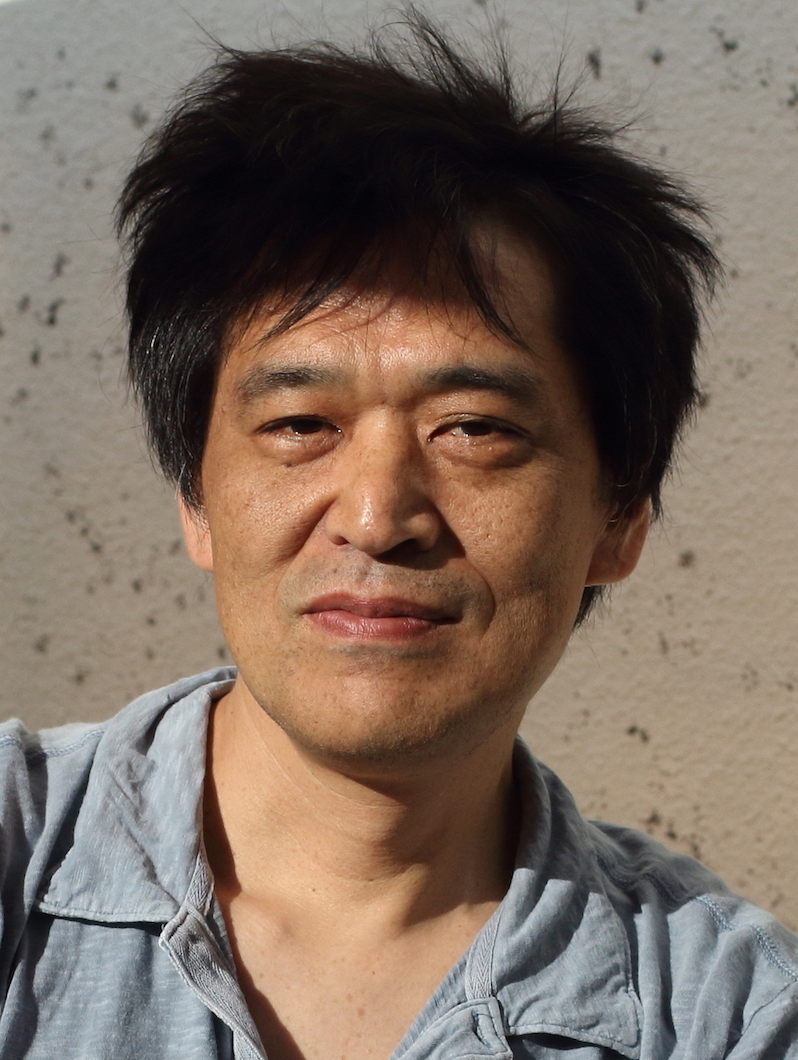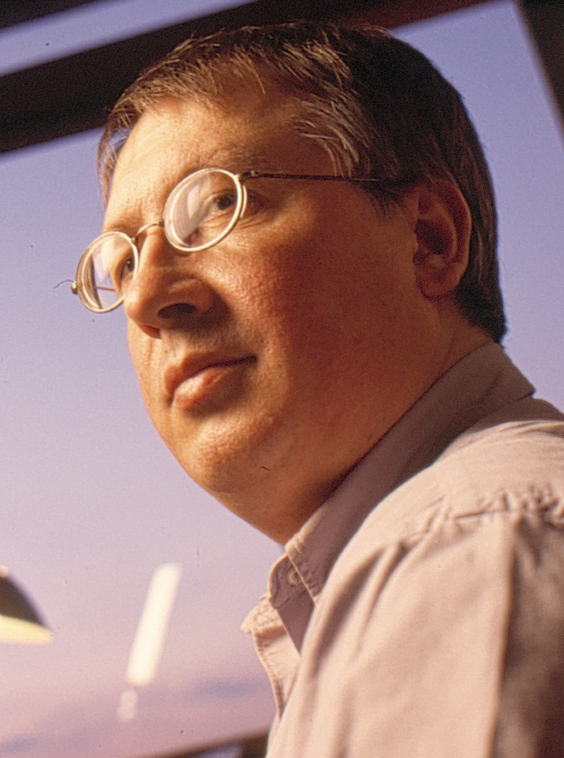Workshop
Workshop
Role of movement-based active perception in navigation and its neurorobotic correlates
Role of movement-based active perception in navigation and its neurorobotic correlates
Deadline for poster abstract submission: August 21, 2019
Notification of acceptance: September 21, 2019
Workshop: November 22, 2019
Workshop Program [ Updated Nov 12 ]
Overview
Overview
Active perception in animals involves executing behaviours that move sensory appendages
(e.g. eyes, pinnae, antennae or whiskers) in space to increase flow of sensory stimuli
as well as the sampled information content. This increased sampling can significantly
improve the animal’s understanding of its environment. In this context, perception
(interpretation of sensory stimuli) and action (behaviours that move the sensory appendages)
are tightly coupled. Several biological studies have identified the important role of
movement-based active sensing for increasing sensory volumes and many robotic studies have
investigated the principles underlying active perception in adaptive behaviour. Insects and
rodents are very promising model organisms to study active perception, as they possess highly
mobile sensory appendages, a wide variety of sensilla and a well-studied nervous system. The
neurorobotic approach, i.e. developing robotic models of biological neural mechanisms, is
well-suited for hypothesis-testing as it allows one to isolate and embed the neural mechanism
of interest within an artificial body that can sense and act in the real world. This relieves
scientists from the task of modelling the statistics of sensory stimuli, as the real world
provides these statistics for free. This full day workshop brings together leading experts,
from both biology and neurorobotics perspectives, to shed light on the principles underlying
active antennal perception as well as its neural correlates and discuss the neurorobotic
approach to modelling active perception.
Learning outcomes:
- Understanding the basic concepts and principles of active perception,
- Knowledge of neural correlates of active perception,
- Knowledge of embodied AI and the neurorobotic approach,
- Applying these concepts and knowledge in developing agents/robots that utilise actively moving antennae
to execute navigation behaviours such as taxis
The half-day workshop consists of:
- Theory (lectures): Invited talks by experts from biology and neurorobotics,
- Practice tutorial: Hypothesis-testing via neurorobots in simulated and/or real-world navigation tasks,
- Discussion and future directions
Contributions are solicited in the form of
1 page conference style abstract on active perception.
This includes both studies in biological organisms as well as in robots. All abstracts must be formatted in the SWARM
conference style. The selected contributions will be presented in a form of a poster during the workshop. We particularly
encourage young scientists to contribute their research results (reporting early-stage research where results are not yet
available is welcome as well). We also welcome live robot demonstrations on active perception models. Submissions have to be
sent to
danish[at]mmmi.sdu.dk (please replace [at] with @) in PDF format only. One author per accepted
workshop contribution (poster and/or demo) is required to register for and attend the workshop to present the accepted abstract.
Workshop organizers:
Workshop organizers:
Danish Shaikh and Alejandro Pequeño Zurro
Workshop
Workshop
Swarm Intelligence in AI and ALife
Swarm Intelligence in AI and ALife
November 22, 2019
Workshop Program
Overview
Overview
The 3rd International Symposium on Swarm Behavior and Bio-Inspired Robotics (SWARM2019) will
bring together a diverse community interested in the engineering of living things, from biomechanics
to swarm intelligence, and the perpetuation of research at the intersection of biology and engineering.
Swarm intelligence is not just the result of self-organization. Component agents differentiate,
communicate with each other, and create super-organisms. Using various model simulations and social
animals and insects as examples, we will discuss the swarm intelligence of natural and artificial
systems and their complexity. In this workshop, we invite presentations by Prof. Marco Dorigo and other
interesting researchers in the fields of AI and ALife.
Workshop Program in brief:
- 13:00 Intro
- 13:15 Matthew Turner, University of Warwick
- 13:45 Olaf Witkowski, Cross Labs
- 14:15 BREAK
- 14:30 Giovanni Reina, University of Sheffield
- 15:00 Hiroyuki Iizuka, Hokkaido University
- 15:30 Marco Dorigo, Université Libre de Bruxelles
- 16:15 Closing remarks
- 16:30 END
Location:
Room B (Meeting Room #1), Conference Center, OIST
Google Maps
Workshop organizers:
Workshop organizers:
Takashi Ikegami (University of Tokyo), Hemma Philamore (Kyoto University)







